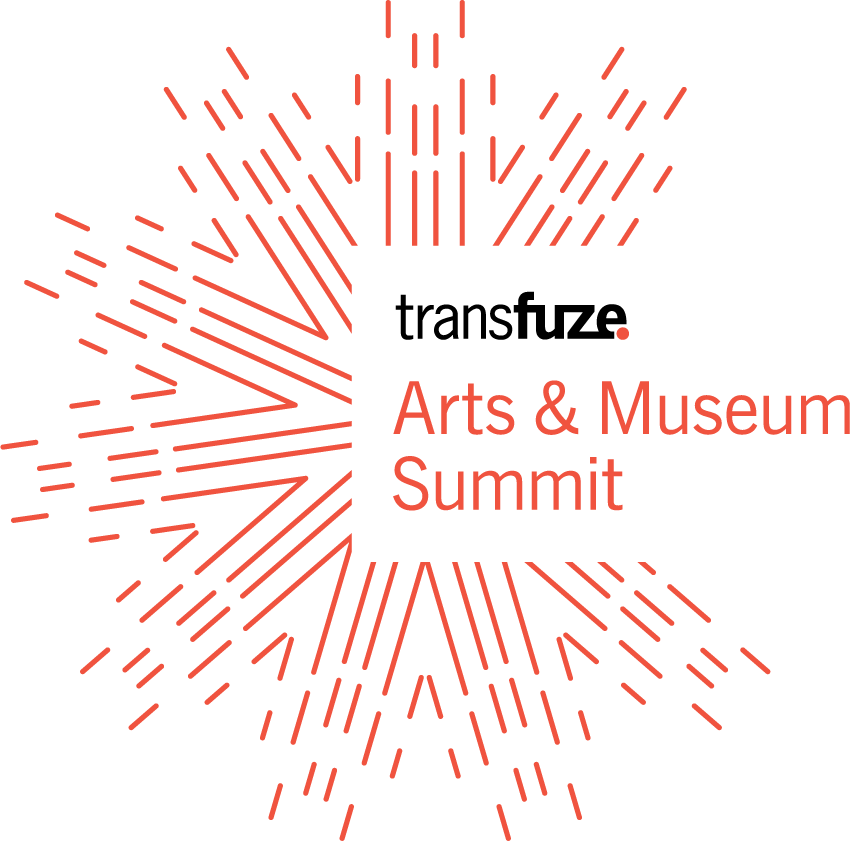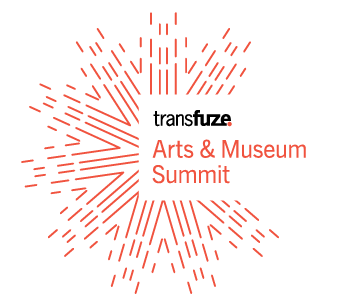Monday, November 6
The Areté, Ateneo de Manila University
2:00–3:00 p.m.
Registration
3:00–3:10 p.m.
WELCOME REMARKS
Fr. Jett Villarin, S.J., President, Ateneo de Manila University
Boon Hui Tan, Vice President of Global Arts & Cultural Programs and Museum Director, Asia Society, New York
3:10–3:30 p.m.
KEYNOTE ADDRESS: SUSTAINABLE CULTURAL INSTITUTIONS
Speaker | Jack Persekian, Founder and Director, Al-Ma’mal Foundation for Contemporary Art, Jerusalem
The ubiquity of technology challenges museums and cultural centers with questions about how to remain relevant to the public when information is a click, tap, or swipe away. Faced with changing audiences, many institutions have embraced social media as a key platform to engage new communities. There is a fundamental tension, however, between celebrating the latest trends and maintaining traditional notions of cultural integrity. Artists, curators, and educators have employed cutting-edge technology to interact directly with audiences and offer new opportunities for participation and customized experiences. These new methods pose questions about the role of cultural institutions in the arts landscape and their relationships with their audience. This keynote address considers current ideas for making arts institutions more sustainable in our time.
3:30–3:45 p.m.
RESPONSE
3:45–4:00 p.m.
CONVERSATION AND Q&A
4:00–4:10 p.m.
Break
4:10–5:30 p.m.
PANEL ONE: CULTIVATING A NEW ARTS COMMUNITY
Panelists | Elisabeth Callot, Google Cultural Institute Lab, Paris
Diana Campbell Betancourt, Artistic Director, Bellas Artes Projects, Manila; Chief Curator, Dhaka Art Summit; and Artistic Director, Samdani Art Foundation, Dhaka
Dolgor Ser-Od and Marc Schmitz, Cofounders, Land Art Mongolia, Ulaanbaatar
Moderator | Patrick D. Flores, Professor of Art Studies, University of the Philippines; and Curator, Vargas Museum, Manila
As nations have begun to recognize the unique connections between economic development and cultural production, many cities in Asia are establishing their own arts organizations and biennials to promote local talents and attract the international art market. The presence of a nascent contemporary arts scene helps host cities grow in a symbiotic relationship that demands improved municipal infrastructure and business. This growth revitalizes the region and provides increased educational and economic opportunities. In this panel, we will hear from three innovators and learn how they succeeded in establishing a strong presence in the midst of an already packed global arts calendar.
5:30–6:30 p.m.
Visit Ateneo Art Gallery
Tuesday, November 7
Ayala Museum
8:30–9:00 a.m.
Registration
9:00–9:05 a.m.
WELCOME REMARKS
Suyin Liu Lee, Vice President of Global Arts & Cultural Programs and Director of Asia Society Museum, New York
9:05–10:30 a.m.
PANEL TWO: DIVERSITY IN AUDIENCE AND PROGRAMMING
Panelists | Rhana Devenport, Director, Auckland Art Gallery Toi O Tāmaki
Jack Persekian, Founder and Director, Al Ma’mal Foundation, Jerusalem
Kennie Ting, Director, Asian Civilisations Museum, Singapore
Moderator | Ma. Elizabeth “Mariles” L. Gustilo, Senior Director, Arts & Culture, Ayala Foundation, Inc., Manila; and Senior Director, Ayala Museum, Manila
Arts institutions, at their core, have a mandate to educate the public. One of the biggest challenges arts institutions face today is audience engagement. With changing global communities, today’s arts institutions serve a wider and more diverse audience. Arts institutions must offer programming that resonates with their audiences. In 2010, the American Alliance of Museums reported that according to records of the National Endowment for the Arts from the past twenty-five years, the core group of art museum goers have been adults aged 45–54. However, between 2002 and 2008, the percentage of this age group declined from 32.9% to 23.3%, and the report concluded that museums should “heed the Millennials’ call for participatory and social activities,” recognizing that the future of cultural institutions lies with younger generations. The panelists represent institutions that develop programs and exhibitions to serve multigenerational and multicultural communities. They will illustrate how exhibitions that serve a diverse community are designed, how visitors respond to various curatorial and programming decisions, and the impact of such programming on the larger community.
10:30–10:45 a.m.
Break
10:45 a.m.–12:15 p.m.
PANEL THREE: HISTORICAL NARRATIVES AND PEACEMAKING IN MUSEUMS
Panelists | Chhay Visoth, Director, Tuol Sleng Genocide Museum, Phnom Penh
Mary Jane Louise A. Bolunia, Officer in Charge, Archaeology Division, National Museum of the Philippines, Manila
Moderator | Sunjung Kim, President, Gwangju Biennale Foundation
Museums and performing arts centers are places where visitors can learn about cultures and histories, reflect on the present and the future, find comfort in artists’ presentations and interpretations, and perhaps emerge with more compassion and empathy from these encounters. In our time, when information is shared at an unprecedented speed, the treatment of controversial issues and paradoxical historical narratives in public spaces requires intelligence and well-rounded political sensitivity. In this panel, leaders of cultural institutions whose work carries significant historical and political gravitas will share their experience and wisdom.
12:15–1:15 p.m.
Lunch
1:15–2:45 p.m.
PANEL FOUR: LOCAL IDENTITY IN A GLOBAL CONTEXT
Panelists | Jam Acuzar, Founder and Director, Bellas Artes Projects, Manila
Sunghee Lee, Director, Art Space Pool, Seoul
Esther Lu, Director, Taipei Contemporary Art Center
Nikhil Raunak, Artist Member, Clark House Initiative, Mumbai
Norberto Roldan, Cofounder, Green Papaya Art Projects, Manila
Moderator | Mikala Tai, Director, 4A Centre for Contemporary Asian Art, Sydney
Many artists and curators are uncomfortable with centralized, government-sponsored cultural organizations. They prefer autonomy in the arts and the stories presented to the public. This trend has led to the development of artist-run spaces, which allow independent curators to work more closely with artists. These institutions tend to be smaller in scale, and therefore more agile with their programming. Their work is vital to maintain the democratic discourse of artists and curators. In this panel, we invite artists and curators who represent such art institutions to share their experiences in presenting ambitious programming in the domestic and international arts scene.
2:45–3:00 p.m.
Break
3:00–4:30 p.m.
PANEL FIVE: MUSEUM EDUCATION FOR THE FUTURE
Panelists | Sumika Takashima, Leader of Learning, and Takahide Tsuchiya, Manager, International Programs, Curatorial Department, Mori Art Museum, Tokyo
Simon Wright, Assistant Director, Learning and Public Engagement, Queensland Art Gallery | Gallery of Modern Art, Brisbane
Moderator | Ma. Victoria T. Herrera, Director and Chief Curator, Ateneo Art Gallery, Ateneo de Manila University
As new models for learning, engagement, and understanding continue to develop and transform the way we interact with each other, institutions have to adapt to meet these new norms. What are the current trends and thinking in museum education? How will this change in the next few years? In this panel, we invite leaders from different types of arts organizations to share the challenges and the lessons learned from their experiences working with audience engagement.
4:30–4:50 p.m.
CLOSING KEYNOTE ADDRESS
Speaker| Melati Suryodarmo, Artist, Yogyakarta, and Artistic Director, 2017 Jakarta Biennale
4:50–5:00 p.m.
CLOSING REMARKS
Boon Hui Tan, Vice President of Global Arts & Cultural Programs and Museum Director, Asia Society, New York
5:00–6:00 p.m.
Cocktails hosted by Ayala Museum
Visit Ayala Museum
6:00–8:00 p.m.
Closing Dinner hosted by Ayala Museum


